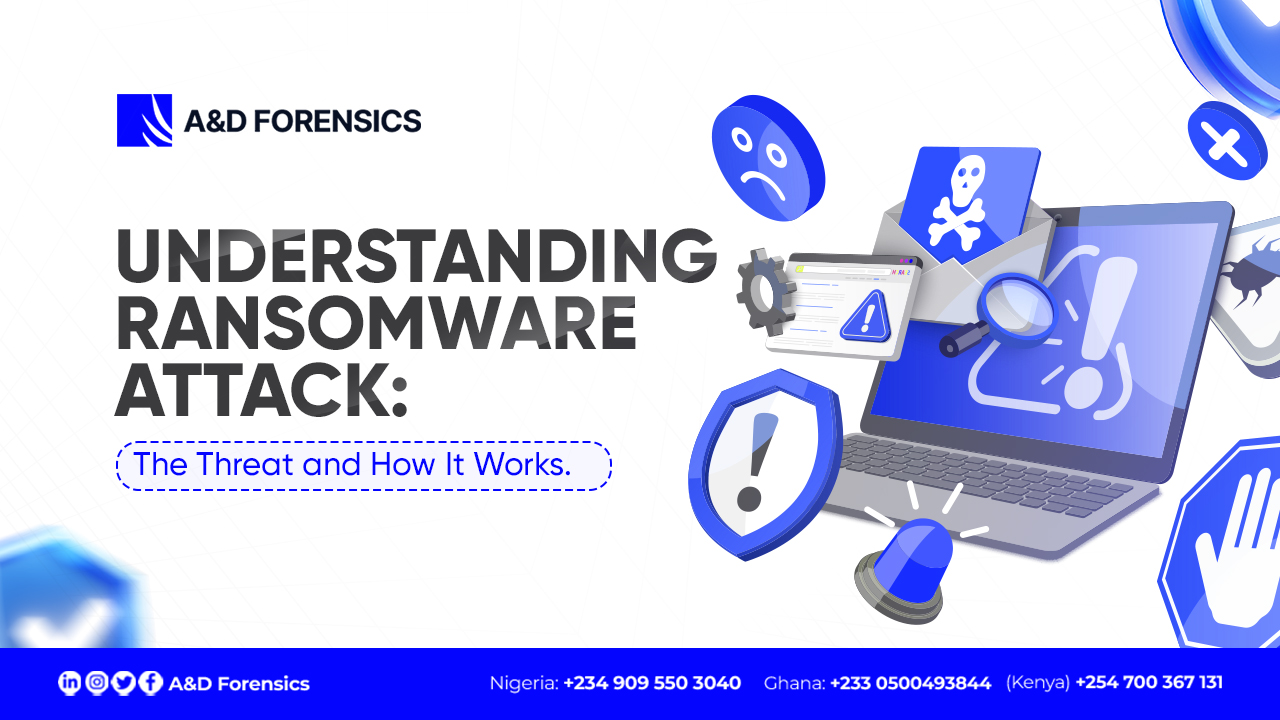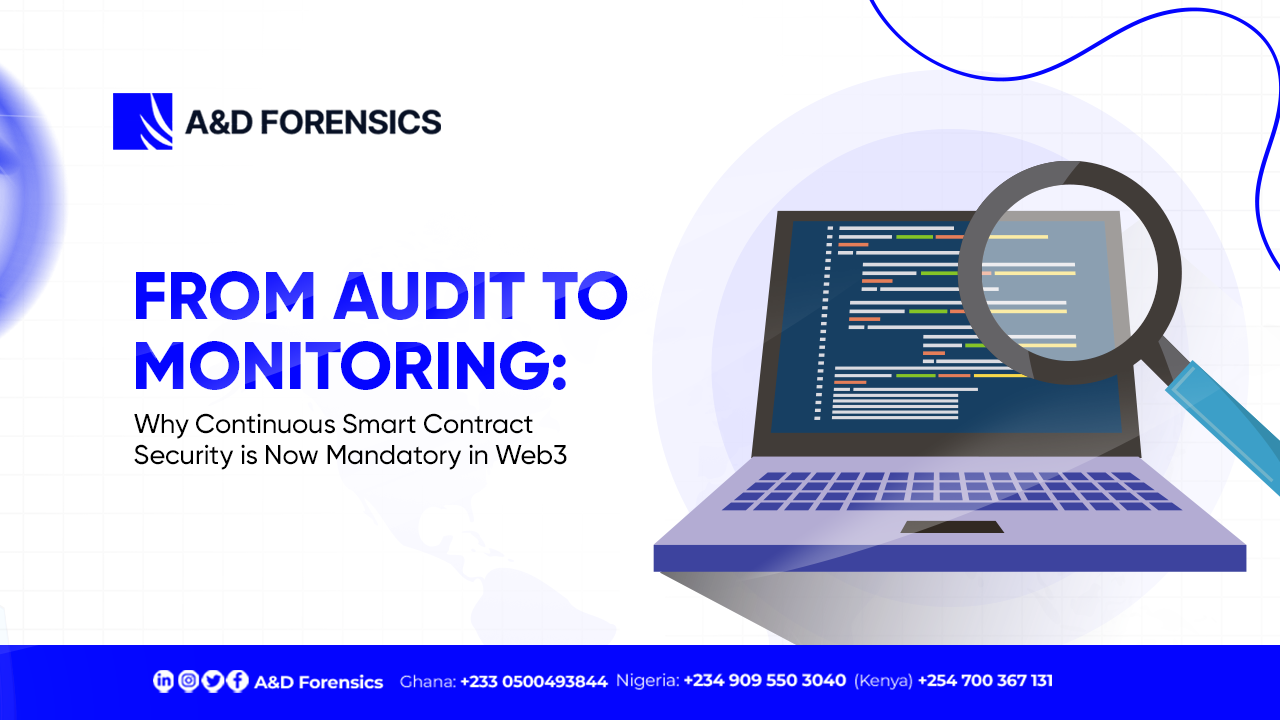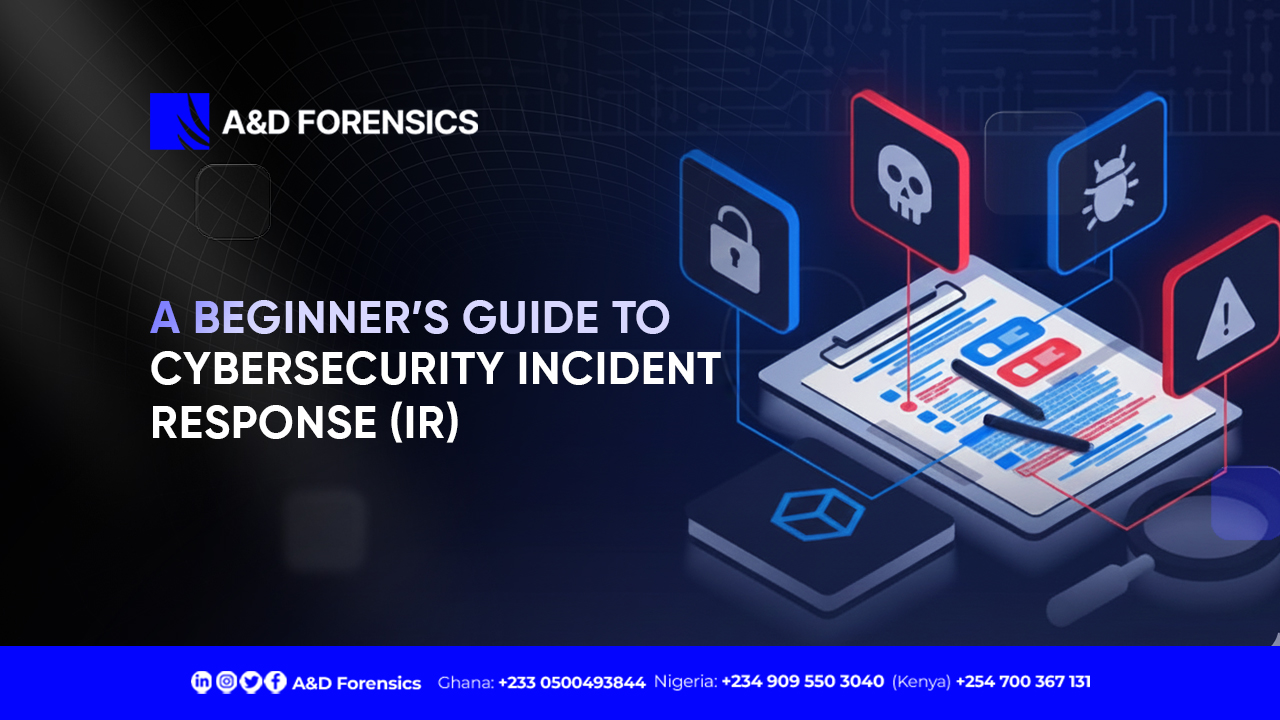Ransomware is malicious software that prevents users from accessing their files or systems by either encrypting them or locking them out. It then demands payment, usually in cryptocurrency, before access can be restored through decryption or unlocking.
It’s similar to a burglar breaking into your digital home, changing the locks, and demanding a fee to let you back in.
Once your device is infected, the ransomware determines your next step: your data may be encrypted, or you may be completely locked out, leaving you with little choice but to pay or lose access to your content. Removing ransomware is extremely difficult and, in many cases, not possible. Therefore, the primary goal for both organizations and individuals is to prevent such malware from infiltrating their networks in the first place.
A Look Back at Major Global Ransomware Attacks.
Ransomware malware that encrypts data or locks systems to extort payment first emerged in 1989 with the AIDS Trojan, which spread via floppy disks and demanded $189 to restore file access. Due to technological limitations, ransomware remained relatively rare until the 2000s, when variants like Gpcode (2004) and Archievus (2006) introduced stronger encryption methods.
By mid-2018, there were 181.5 million global attacks, a 229% increase over the same period in 2017. McAfee data from 2014 showed a doubling of ransomware samples year-over-year. CryptoLocker earned $3 million before takedown, CryptoWall amassed $18 million by mid-2015, per the FBI.
In 2020, IC3 logged 2,474 ransomware complaints with over $29.1 million in reported losses. Global attacks peaked at $623 million in 2021 and dropped to $493 million in 2022. Ransomware payments totaled $1.1 billion in 2019, dipped to $999 million in 2020, surged to $1.25 billion in 2023, then declined to $813 million in 2024 due to increased law enforcement and victim resistance. Today, ransomware continues to evolve, with AI-enhanced attacks and sophisticated groups like LockBit and Cl0p increasingly targeting healthcare systems and government institutions. Global ransomware damages are projected to reach $265 billion by 2031.
Some Real-World Ransomware Attacks.
- Change Healthcare (February 2024), $22M Ransom Paid: This happened to be one of the highest confirmed payouts. The attack was carried out by ALPHV (BlackCat), which disrupted the billing system
- Lurie Children’s Hospital (February 2024): The attack was carried out by Rhysida, who took credit for the outage. Patient and employee records were published on the dark web. Rhysida is asking for 60 bitcoin in exchange for exclusive, unique, and impressive data. That money is equivalent to about $3.4 million. Information has been heard whether payment was made or not.
- CDK Global (June 2024), Car Dealership Chaos: The incidents that halted the company’s systems, which provide software to nearly 15,000 car dealerships across North America, according to CDK. The CDK Global cyberattack has been attributed to the BlackSuit ransomware gang. BlackSuit is a relatively new ransomware group that first emerged in April 2023.
How Ransomware Attacks Are Carried Out.
Cybercriminals use a range of deceptive techniques to launch ransomware attacks. Some of the most common methods include:
- Phishing Emails: These emails appear legitimate but contain malicious attachments or links. Once opened or clicked, ransomware is silently installed on the system.
- Malicious Websites and Downloads: Visiting compromised websites or downloading infected software can lead to automatic ransomware installation.
- Exploiting Software Vulnerabilities: Attackers take advantage of outdated or unpatched software to gain unauthorized access and deploy ransomware.
- Remote Desktop Protocol (RDP) Attacks: Poorly secured RDP configurations allow attackers to access systems remotely and launch ransomware.
- Quishing (QR Code Phishing): A rising trend where malicious QR codes redirect users to harmful websites that deploy ransomware upon visit.
6 Types of Ransomware Attacks.
- Encrypting Ransomware (Most Common): This type encrypts files on a device or network, rendering them inaccessible. Victims receive a ransom note demanding payment typically in cryptocurrency in exchange for the decryption key.
- Locker Ransomware: Locker ransomware locks users out of their devices or systems entirely, rather than targeting specific files. While it can disrupt operations, it’s generally easier to remove than encrypting ransomware since files aren’t encrypted, only access is blocked.
- Scareware: Scareware tricks users into believing their system is infected or at risk. It often appears as fake antivirus alerts or system warnings, coercing users into downloading additional malware, purchasing fake software, or revealing personal data.
- Leakware (Doxware): Leakware threatens to publish or leak a victim’s sensitive data unless a ransom is paid. Instead of encrypting files, it focuses on the fear of exposure. Strong cybersecurity practices, such as regular updates and data backups, help defend against this threat.
- Mobile Ransomware: Targeting smartphones and tablets especially Android and iOS this ransomware locks screens or encrypts data such as photos and contacts. It typically spreads via malicious apps, phishing links, or fake software updates.
- Ransomware-as-a-Service (RaaS): RaaS is a criminal business model where skilled developers lease ransomware tools to affiliates with minimal technical knowledge. These affiliates launch attacks and share a portion of the ransom with the developers, enabling a scalable, profit-driven ecosystem for cybercrime.
Examples of Ransomware Attacks
- Maze Ransomware: Maze was a trailblazing ransomware variant that pioneered the double extortion model encrypting files while also stealing sensitive data. If the victim refused to pay the ransom, the attackers would threaten to leak or sell the stolen data, increasing the pressure to comply. This innovation reshaped the ransomware landscape and became a standard tactic among many threat groups.
- REvil (Sodinokibi): REvil, also known as Sodinokibi, was one of the most prolific and aggressive ransomware variants. Operating under the Ransomware-as-a-Service (RaaS) model, it enabled affiliates to launch attacks while sharing profits with the core developers. REvil primarily targeted large corporations, often demanding multi-million dollar ransoms.
- LockBit Ransomware: LockBit is a rapidly evolving and highly automated ransomware variant known for its speed, efficiency, and use of the RaaS model. It was designed to encrypt data quickly, often faster than traditional ransomware, reducing the chance of detection by security systems. Favored by affiliates for its user-friendly tools, branded leak sites, and extortion countdowns, LockBit has been involved in attacks on major organizations such as Accenture, Royal Mail, and ICBC (China’s largest bank).
- DearCry Ransomware: DearCry emerged in early 2021 by exploiting four zero-day vulnerabilities in Microsoft Exchange Server. It targeted unpatched systems shortly after Microsoft released security updates, capitalizing on the brief window before organizations could apply the patches. Once deployed, DearCry encrypted files and displayed a basic ransom message directing victims to contact the attackers via email.
- Lapsus$ Group: Lapsus$ is a data extortion group that diverges from traditional ransomware tactics. Instead of encrypting systems, the group focuses on exfiltrating sensitive information and demanding payment to prevent its public release. Lapsus$ is infamous for targeting major tech companies such as NVIDIA, Samsung, Microsoft, and Uber. Their methods often include social engineering, SIM-swapping, and insider recruitment to gain unauthorized access.
- BlackCat (ALPHV): BlackCat, also known as ALPHV, is one of the most sophisticated ransomware variants to date. Written in Rust, a secure, high-performance programming language, BlackCat supports deployment across Windows, Linux, and VMware ESXi environments. Operating under the RaaS model, the group provides customizable ransomware kits to affiliates.
The Damaging Impact of a Ransomware Attack.
The consequences of a ransomware attack can be severe and far-reaching:
- Financial Loss: Beyond the ransom (which does not guarantee data recovery), there are costs related to downtime, system restoration, and potential regulatory penalties.
- Data Loss: Critical personal or business files may be permanently lost if not properly backed up.
- Operational Disruption: Essential business functions may halt, affecting productivity and economic stability both locally and globally.
- Reputational Damage: Customer and stakeholder trust can be significantly eroded, impacting long-term business viability.
7 Ways to Prevent Ransomware Attack.
Prevention is your strongest defense against ransomware. Key measures include:
- Regular Backups: Maintain multiple, regularly updated backups. At least one should be stored offline and one should be immutable (protected from modification).
- Keep Software Updated: Promptly apply security patches and updates to your operating system, browsers, and all applications.
- Be Vigilant with Emails and Links: Inspect emails for signs of phishing. Avoid clicking on suspicious links or downloading attachments from unknown sources.
- Use Strong, Unique Passwords & Multi-Factor Authentication (MFA): This adds an essential layer of protection against unauthorized access.
- Install Reputable Security Software: Use antivirus/anti-malware solutions with real-time protection to detect and block ransomware threats.
- Limit User Privileges: Grant users only the access they need to perform their roles.
- Educate Your Team: Regular cybersecurity training is crucial to help employees identify and avoid ransomware threats.
What to Do During a Ransomware Attack: A Quick Response Guide.
If you suspect a ransomware attack:
- Isolate: Immediately disconnect the infected device(s) from the network to prevent further spread.
- Assess: Determine the extent of the infection.
- Do NOT Rush to Pay: Law enforcement and cybersecurity professionals generally advise against paying the ransom. There’s no guarantee of data recovery, and paying encourages further attacks.
- Report: Inform your IT/security team and consider reporting the incident to the Nigerian Communications Commission (NCC) or the National Information Technology Development Agency (NITDA).
- Restore from Backups: If you have reliable backups, begin the recovery process using clean data.
- Seek Professional Help: Engage cybersecurity experts for forensic investigation, containment, and remediation.
Conclusion
Ransomware remains one of the most dangerous and costly cyber threats globally, evolving rapidly, leveraging new technologies, and targeting critical sectors with increasing precision. While the impact of these attacks can be devastating, the good news is that they are largely preventable. By understanding how ransomware works, learning from past incidents, and adopting a proactive security posture, including regular training, system updates, and professional vulnerability assessments, you can significantly reduce your risk.
Strengthen Your Cyber Defenses with Our VAPT.
A&D Forensics offers Vulnerability Assessment and Penetration Testing (VAPT) services that simulate real-world attack scenarios to identify and eliminate the entry points ransomware actors exploit, uncovering weak configurations, outdated software, unsecured endpoints, and hidden gaps in your cyber defenses.






